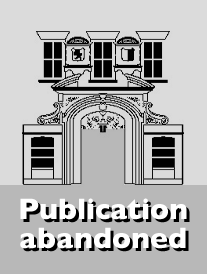
This book is an introduction to the working of European Emissions Trading Scheme ("ETS") in the Netherlands. It will discuss a great number of relevant issues to ETS, inter alia VAT, accounting, spot and forward trading, State aid, and competitiveness issues.
Kyoto protocol
On 16 February 2005 the Kyoto Protocol came into force. In effect, this news means that the way is open for emissions trading across the world, both in international and regional emissions trading schemes. The terms of the Kyoto Protocol required the Netherlands to achieve a reduction of 6% in greenhouse gases levels over the first Kyoto Commitment Period (from 2008 to 2012). Relative to the emissions level in 1990, The Netherlands has announces that it aims to achieve 50% of these reductions through domestic measures. The remainder is to be realised through utilization of the Kyoto flexible mechanism such as CDM, JI and international emissions trading.
European Emissions Trading Scheme
The EU already started with an emissions trading scheme, which formally began on the 1 January 2005. The purpose of ETS is to provide a framework for Community-wide emissions trading with respect to greenhouse gases. Member States will grant emission allowances to their companies, which can then be sold or bought by the companies themselves. In theory this means that the targets can be achieved as lowest cost. The idea is that Member States limit CO2 emissions from the energy and industrial sectors through the allocation of allowances, thereby creating scarcity, so that a functioning market can develop later and overall emissions are then really reduced. The first phase will occur between 2005 and 2007 and the second phase will operate between 2008 and 2012.
Linking Directive
The Linking Directive creates a link between the flexible mechanisms Joint Implementation (JI) and the Clean Development Mechanism (CDM) - and ETS. The Linking Directive enables EU companies to reduce their greenhouse gas emissions in part outside the EU through JI or CDM. The credits generated earned by these projects can be used for compliance under the ETS. The Dutch government has great experience with CDM en JI projects.
Implementation of ETS in the Netherlands
On 30 September 2004 an amendment of the Environmental Management Act (Wet milieubeheer) implementing ETS, came into force. Dutch companies affected by the regulation obtained a permit for the emission of greenhouse gases. These companies may exceed their greenhouse gas emissions levels, provided that additional emission allowances are purchased on the market. Alternatively, a company can sell the unused allowances if it emits less greenhouse gasses than the set levels.
About the authors
Both editors are Dutch lawyers with extensive practical knowledge of emissions trading. Lex de Kok is a partner at Greenberg Traurig and a regular contributor to the EC Tax Journal. Janneke Bazelmans is a lawyer in the Amsterdam office of a major international law firm.